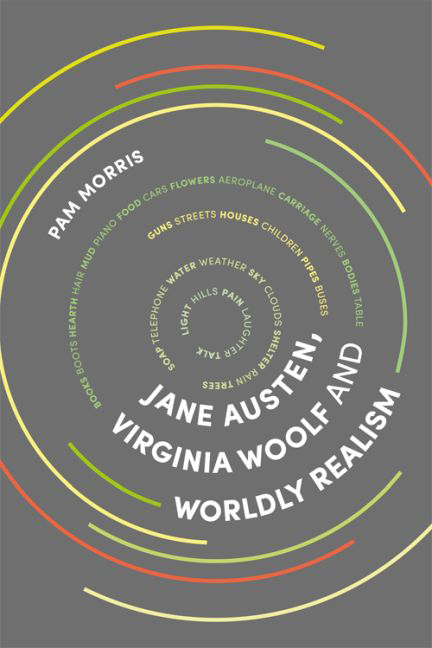5 - Persuasion: Fellow Creatures
from Part III - Guns and Plumbing
Published online by Cambridge University Press: 20 April 2017
Summary
Austen frequently condenses into the opening of her novels intimations of the themes and ideological debates that will structure the entire narrative. Nowhere is this condensation of narrative concerns achieved with more effective economy than in the first paragraph of Persuasion (1816) where the final phrase ‘ELLIOT OF KELLYNCHHALL’ circles back, mirror-like, to repeat the opening words.This narcissistic formation comically figures Sir Walter's essentialist pride in the accidents of appearance and title while the subsequent four repetitions of ‘there’ within the single sentence point to the solipsistic fixation of Sir Walter's imagined idea of self as in every sense entitled. The circularity of the paragraph structure mimics Sir Walter's denial of time and change within his own mental world, expressed by him as contempt for those unable to resist the material depredations of empirical temporality. By contrast, the actual physical vulnerability of all creaturely life and the processes of change to which it is necessarily subject are relentlessly foregrounded by the many accidents and illnesses that recur throughout the narrative. Mrs Clay's hypocritical assumption of elitist hauteur when she declares that only those not obliged to work hold the blessings of ‘health and good appearance to the upmost’ is more literally true than she perhaps realises (p. 23).
The recognition of life as physically embodied derives from Enlightenment thinkers like David Hume, David Hartley and Elizabeth Hamilton, a perception that challenges the Cartesian mind−body hierarchy. It is this materialist perception of human nature that informs Austen's radical representation of self and consciousness as a biological, emotional, rational and social dynamic. In so doing, she inaugurates a redistribution of the perceptible. In the representation of Sir Walter she turns into caricature the idealist verisimilitude which, Jacques Rancière claims, ‘asserts a naturalised affinity between characters, situations and forms of expression’. Sir Walter's class essentialism constructs an absolute congruence between self, rank, physical body, speech and action. In opposition to this myth of congruent identity, the novel asserts a heterogeneous, biological and communal recognition of human existence. Rancière claims that a new inclusive regime of writing institutes a form of realism embraced by modernist writers.
- Type
- Chapter
- Information
- Jane Austen, Virginia Woolf and Worldly Realism , pp. 139 - 166Publisher: Edinburgh University PressPrint publication year: 2017



